Entry Category: Historic Preservation - Starting with M
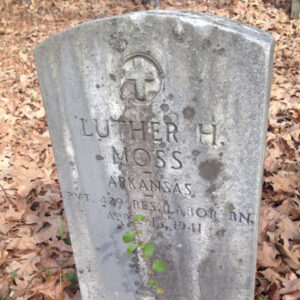 Moss Grave
Moss Grave
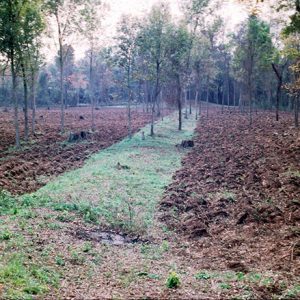 Mound E Causeway
Mound E Causeway
 Mound Excavations
Mound Excavations
 Mound F
Mound F
Mount Holly Cemetery
Mount Ida Cities Service Filling Station
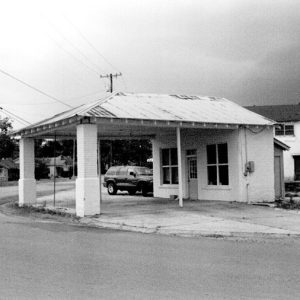 Mount Ida Cities Service Filling Station
Mount Ida Cities Service Filling Station
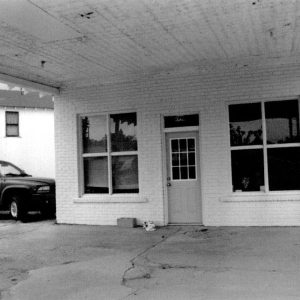 Mount Ida Cities Service Filling Station
Mount Ida Cities Service Filling Station
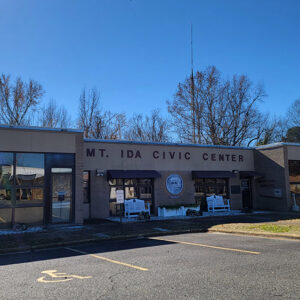 Mount Ida Civic Center
Mount Ida Civic Center
Mount Pleasant Methodist Church
Mount Sequoyah Cottages
 Mount Sequoyah Cottages
Mount Sequoyah Cottages
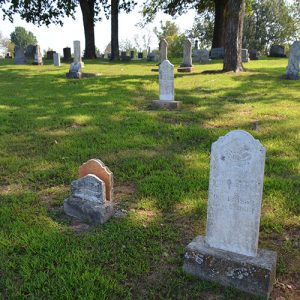 Mountain Home Cemetery
Mountain Home Cemetery
Mountain Home Cemetery, Historic Section
Mountain View Waterworks
 Mountainaire Hotel
Mountainaire Hotel
Mountainaire Hotel Historic District
 Mountainaire Hotel Historic District
Mountainaire Hotel Historic District
 Mountainaire Hotel Historic District
Mountainaire Hotel Historic District
 Mulberry Home Economics Building
Mulberry Home Economics Building
Mulberry Home Economics Building
Murphy-Jeffries Building
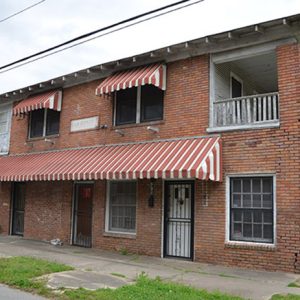 Murphy-Jeffries Building
Murphy-Jeffries Building
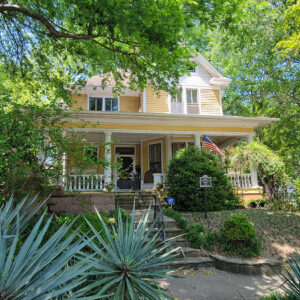 Murrell-Bigger-Stone House
Murrell-Bigger-Stone House
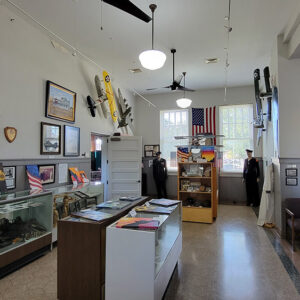 Museum Display
Museum Display
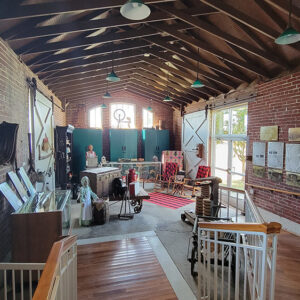 Museum Display
Museum Display
 Museum Display
Museum Display
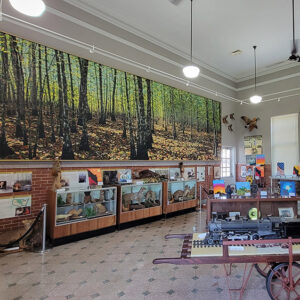 Museum Displays
Museum Displays
 Museum Grounds
Museum Grounds
Museum of American History
 Museum of American History
Museum of American History
Museum of Automobiles
Museum of Discovery
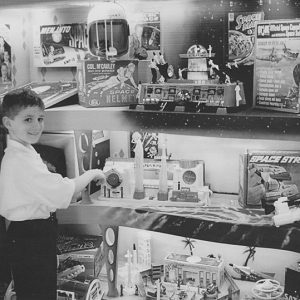 Museum of Discovery
Museum of Discovery




